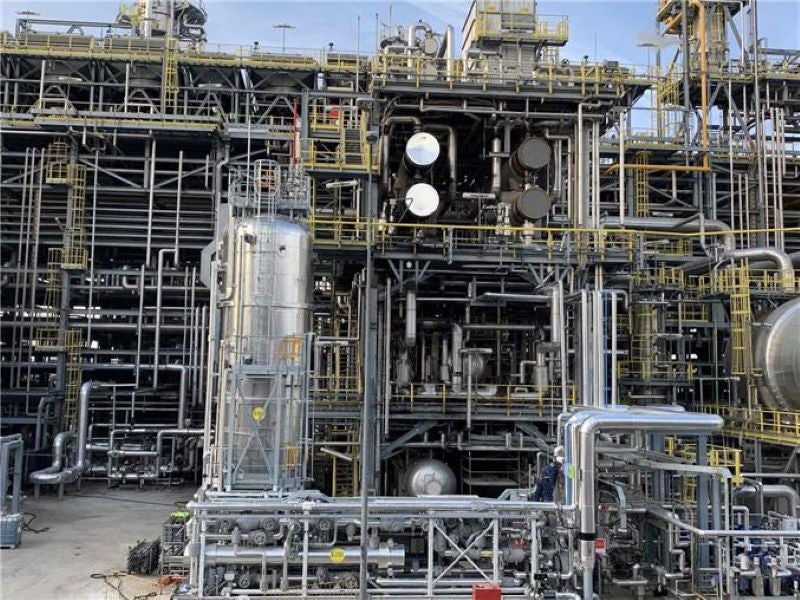The Lukoil Burgas refinery in Bulgaria is one of the biggest oil refineries in southeast Europe. Lukoil Neftochim Burgas, a subsidiary of Russian oil company Lukoil, is the owner and operator of the refinery complex which is the major supplier of fuels in Bulgaria’s domestic market.
The Burgas refinery has been operational since 1964 and it became a part of the Lukoil Group in 1999.
The refinery’s current capacity is 7 million tonnes per annum (Mtpa) excluding 2.8Mtpa of unused capacity, and has a Nelson complexity index of 13. It possessed a refinery depth of 91.3%, while the light petroleum products yield was estimated to be 80.8% as of 2019.
The Burgas refinery complex produces petroleum as well as petrochemical products, and it receives feedstock via a pipeline from the nearby Rosenets port.
Burgas refinery location and processing infrastructure
The refinery is located approximately 15km from Burgas, Bulgaria, on the coast of Black Sea. The various processing units at the refinery include the atmospheric and vacuum distillation units, naptha reforming unit, gas oil hydrotreating unit, vacuum gas oil hydrotreating unit, as well as n-butane isomerisation and visbreaking units.
The refinery started producing light high-octane petrol during 2001-02, while the catalytic reforming unit and a catalytic cracking unit were rebuilt in 2004. The capacity of catalytic reforming unit was increased to 600,000 tonnes per annum (tpa).
A gaseous sulphur production unit was constructed in 2005 followed by the installation of a unit for isomerisation of n-butane into isobutane with an annual capacity of 50,000t in 2006-07. A 300,000tpa sulphuric acid alkylation unit started operations in 2009, while a diesel hydrotreating unit and an FCC naphtha hydrotreating unit were brought on stream in 2010.
The construction and installation of a sulphur recovery unit, as part of the heavy residue processing complex, was completed in 2014.
The heavy residue processing complex was commissioned at the Burgas refinery in 2015. The main unit in the complex is a 2.5Mtpa residual asphalt hydrocracking unit. The complex improved refinery efficiency and increased light fuels production capacity.
Recent development at the refinery
The refinery started using НСАТ nanocatalytic system, licensed by the US-based Headwaters Technology Innovation (HTI), in February 2020. HCAT improves the performance of vacuum residue hydrocracker.
A feasibility study for the polypropylene production project at the Burgas refinery complex was completed in 2019. The propylene produced in the existing catalytic cracking unit will be used for this project.
Contractors involved
Lummus Technology’s Novolen business was awarded a contract to provide polypropylene technology license for Lukoil Burgas petrochemical facility in October 2020. The contract scope includes the technology license for a polypropylene unit with an annual capacity of 280,000t, as well as the basic design engineering, training and services, and catalyst supply.
Lukoil Burgas will become the first facility in southeast Europe to adopt Novolen technology for a polypropylene plant.
Technip was awarded an engineering, procurement, and construction (EPC) contract worth approximately £501m ($780m) for Phase one works of the heavy residue hydrocracking complex in January 2012.
The contract scope included the detail engineering, procurement of equipment and material, construction, pre-commissioning, and commissioning of a vacuum residue hydrocracker, based on Axens H-Oil process, with a capacity of 2.5 million tonnes a year, an amine regeneration unit, sour water stripper, hydrogen production units, utilities, and offsites upgrading.
Earlier, Technip also completed a front-end engineering design (FEED) study for the project in 2010.





